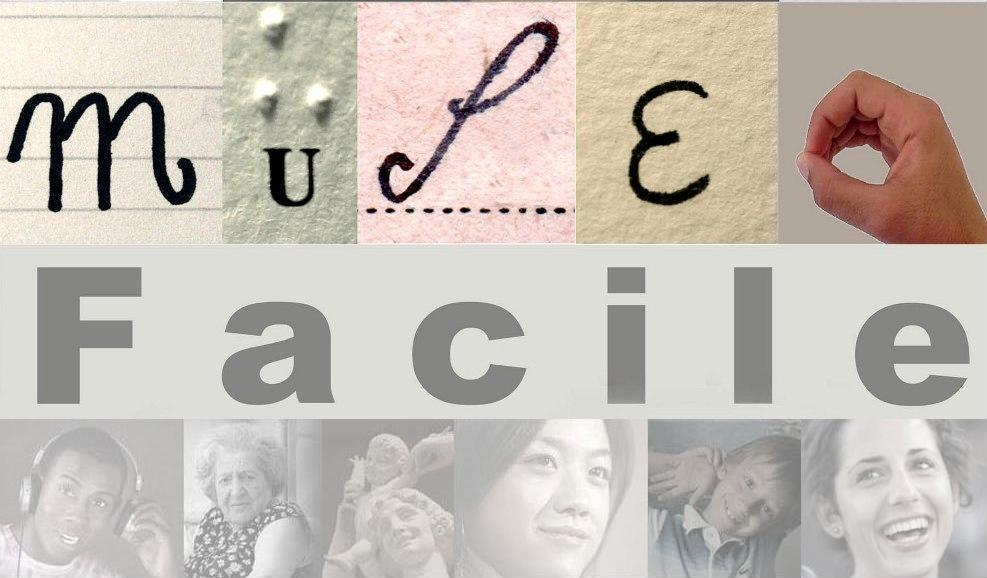The original Castle of Gaeta was built by Fredrick II Hohenstaufen between 1223 and
1226.
It had an important strategic function since it controlled the sea route to the Kingdom of
Sicily.
This first construction lasted only a few years, after which it was demolished during a
revolt. In 1266, the new ruler of southern Italy, Charles I of Anjou, having occupied Gaeta,
erected a new fortress on the ruins of the old one.
In 1435, Alfonso V, established his base in Gaeta to continue his conquest of the Kingdom
of Naples and soon began expanding and strengthening the Anjoin structure.
Although, the French tried repeatedly over the centuries to conquer Gaeta, the town and
its fortress remained under Spanish control until the early eighteenth-century.
In 1734, the Kingdom of Naples went to Charles III, Duke of Bourbon, who immediately
began renovating the Castle.
The nineteenth century was the most turbulent one for the history of the Castle, which
suffered major sieges in which, although finally succumbing, it never failed to demonstrate
its effectiveness: in particular, it was besieged in 1806 by the French, in 1815 by the
Austrians and in 1860, by the Italian army, in one of the last episodes in the struggle for
the Unity of Italy.
Since the end of the eighteenth century, the Castle had been used as a civil prison. Under
the new Kings of Italy, it became a military prison and continued to be used as such up to
1990.
Today, the use of the Castle, property of the Italian government, has been given to the
University of Cassino and Southern Latium, which utilizes it for upper education, seminars,
conferences and other cultural events, promoting its importance and sharing this asset
with the township.
